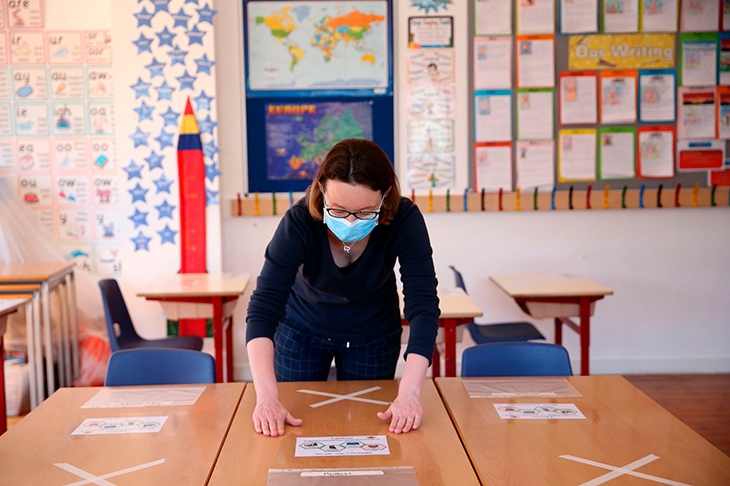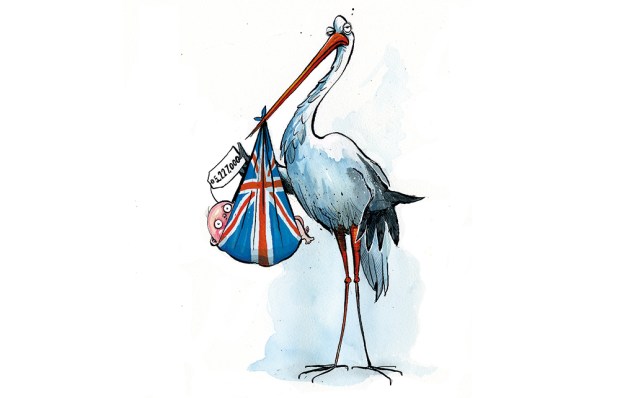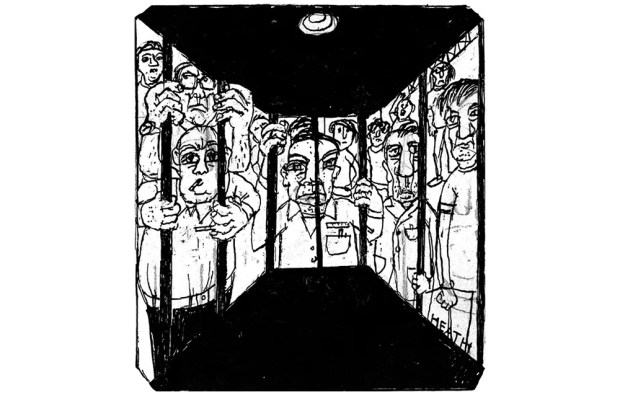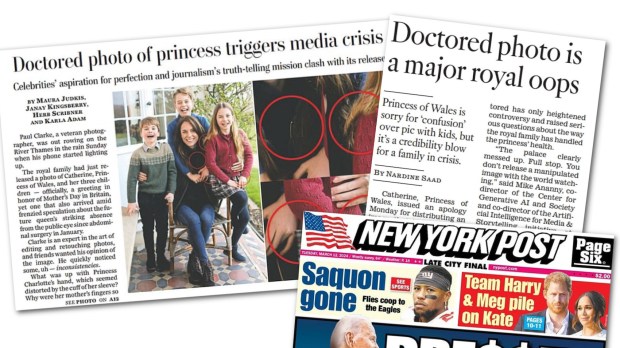From Monday, you will be required by law to wear a face covering on public transport. Paradoxically, this is a sign that the government wants life to return to being as normal as possible.
Ever since the start of the pandemic, there has been debate about whether the government should tell people to wear masks in public. The argument in favour was that it would help stop the spread of the virus by making it harder for people to pass on the disease. There were two main arguments against it. The first was that urging people to wear one could lead to a shortage of the medical-grade masks that health and social care professionals so desperately need. The second was that if people were masked up, it might give them a false sense of confidence and make them less bothered about observing social distancing.
Boris Johnson has now come down strongly in favour of masks. One secretary of state tells me: ‘The PM has really got into the face-covering malarkey.’ The reasoning behind this, the minister continues, is that ‘he wants to give people confidence and the science says it does’. In other words, the fact that masks might make people bold enough to venture out more often is now seen as a positive, not a negative. The government wants to get the economy going again to try to mitigate the damage that lockdown is doing to the public finances. But retail and other such sectors need people to feel that they can leave their homes. It is not a coincidence that masks are becoming a requirement on public transport on the day that shops reopen.
But normality won’t resume until schools return. One of the reasons the government was so reluctant to recommend their closure in England in the first place was the economic dislocation that would cause. Eight million families across the UK have school-age children. As long as schools are closed, these families face constraints on their ability to go to work, especially since grandparents are seen as being particularly vulnerable to coronavirus.
The economic costs of schools being closed are bad, but the social effects are worse. The closure is increasing inequality daily: 700,000 children are not doing homework. Children from wealthier households are spending 30 per cent more time on home-schooling than those from deprived backgrounds. At best, it will take years to make up this gap. At worst, it will never happen.
Despite these dire statistics, the largest teaching union — the National Education Union — has obstructed efforts to get schools back up and running. It has taken all the skills the Education Secretary Gavin Williamson learned as chief whip to get 70 per cent of all primary schools to open this week for at least one of the three years that are currently back. But even with half of primary schools open, only 7 per cent of children were in school on 4 June.
This situation isn’t going to get much better any time soon. The government has now abandoned its aim of getting all primary school children back before the summer holidays. At the same time, some of those schools that are already open are beginning to struggle with capacity issues. The problem is that the government has set a ‘bubble’ class size of 15 pupils. Within this bubble, social distancing need not apply. But given that the average primary school class size is 27, schools need almost twice as much space to teach the same number of children while this system is in place. Those involved in crafting the policy admit that if the bubble remains at 15, it will be simply impossible to get all children back to school, because there just won’t be sufficient room for them.
The reluctance to increase the size of the bubble stems from a fear that it could increase the rate of Covid transmissions (the R number). The government is determined that the R should not go back above 1. But given that the R is between 0.7 and 0.9 nationwide, that doesn’t afford much room. Compounding this problem is that R budgeting is far from an exact science. No one quite knows what effect increasing the size of the school bubble has on the size of the R. The consequence of this is that the government’s scientific advisory group (Sage) is erring on the side of caution. But as one long-time political ally of the Education Secretary puts it, the question is ‘how much of the R budget the government wants to spend on education’.
It is hard to imagine a better use of that ‘R budget’ than getting children back in school. It seems wrong that bookies will be reopening next week when most primary school kids are still at home. On current plans, we’ll all get to drink in the pub before the vast majority of children are able to see their teacher face to face.
The failure to have all primary school children back before the summer holidays means that the government now faces a fight to get all year groups back in September. If it fails to do that (as the Health Secretary Matt Hancock has already admitted is a possibility), then there is a real risk that children could end up missing out on a whole year of education. As one of those at the heart of coronavirus policy-making warns: ‘If Sage are this cautious going into summer, then they are not going to want to be playing fast and loose with the R number heading into winter.’
One of the government’s nightmare scenarios is a second spike of Covid that coincides with the winter flu season. This would put the NHS under severe strain and could overwhelm the health service. For this reason, anything that isn’t already open before the start of October is not going to open before the end of February. This is why it is imperative that all year groups are back by the start of the new school year.
The problem, as one ally of Johnson acknowledges, is that the government put the country into lockdown without knowing how it was going to get out of it. But the failure to get schools back up and running risks doing permanent damage to the life chances of a whole cohort of children.
Got something to add? Join the discussion and comment below.
Get 10 issues for just $10
Subscribe to The Spectator Australia today for the next 10 magazine issues, plus full online access, for just $10.
spectator.co.uk/shots - Hear daily political analysis from James Forsyth, Katy Balls, Fraser Nelson and more.
You might disagree with half of it, but you’ll enjoy reading all of it. Try your first month for free, then just $2 a week for the remainder of your first year.















Comments
Don't miss out
Join the conversation with other Spectator Australia readers. Subscribe to leave a comment.
SUBSCRIBEAlready a subscriber? Log in